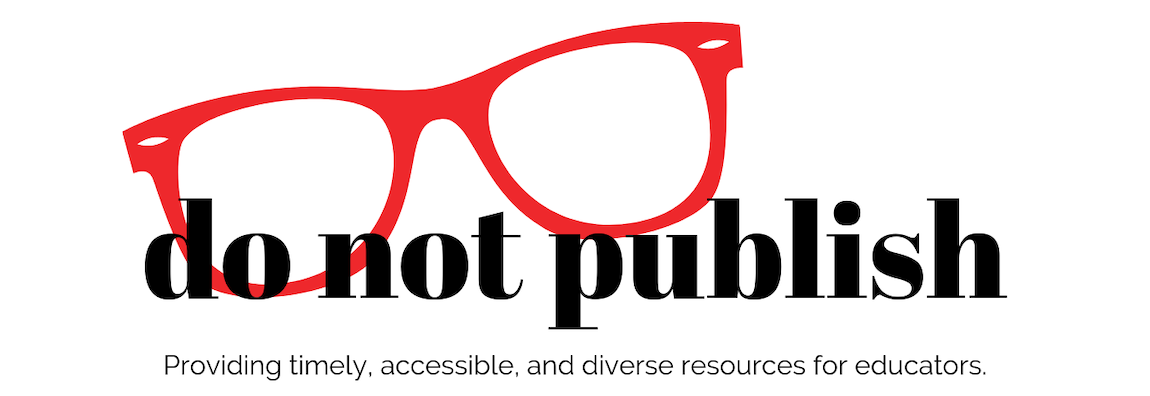September_2019
September 2019
Friends refer friends.
WHAT’S THE WORD FOR…
Connecting diverse understandings of academic language to practice.
Let’s get physical, physical…
We’ve all been here: It’s the class after lunch and you’re losing the battle to keep students awake (let alone, paying attention). You reach deep into that teacher toolbox and pull out one of those handy “get them up and moving” activities to revive their sleepy little bodies.
Alright, STOP (collaborate and listen)! What are we assuming about students when we ask them to use their bodies in identical ways?
But, I like to move it, move it
And that’s terrific! But the ability to move it, move it is a privilege that doesn’t extend to everybody in the same way. Let’s break it down (we really can’t get enough of the dance metaphors here…).
An able-bodied person is someone whose daily movements aren’t hindered by their bodies or the physical spaces they enter. An able-bodied person runs into school (poptart in hand), crams their stuff into the top locker, and heads down to the gym to play basketball until the bell rings.
When we talk about able-bodied privilege, then, we’re referring to all the ways that the world is set up to benefit able-bodied folks. Let’s go back to the example above — that kid needed strong legs for the jog into school (not to mention the dexterity to hold onto that poptart at the same time!), the height, sight, and hands to get everything into that top locker, and the legs, coordination, sight, and hearing to play ball. Dude, that’s a lot to expect from a body! And an able-bodied person probably takes these seemingly mundane daily activities for granted.
That right there is privilege: the ability to use your body in ways and in spaces that you don’t even notice or think about. Want to check your own privilege? We got you with this handy checklist.
So, you’re saying not to move it, move it?
Oh, hell no! Incorporating movement into the classroom still has some benefits and can even support students in learning ELA course content. What we are saying is this: Plan consciously, and consider…
-
-
What space and furniture do you have access to and do they accommodate different bodies?
-
Will any students be left out of a movement-based activity?
-
Does the movement extend the learning or is it just a fun add-on?
-
What role does choice play? What alternatives could you offer?
Reflections on able-bodied privilege don’t have to stop with you. Check out these great lesson plans and texts for teaching students about ableism and privilege.WHAT’S HAPPENINGReviewing a current topic + offering practical strategies for teaching.
Calling all sports fans!And even the non-sports fans (if you only knew how much research had to happen for this section). We all think students should get to dig into topics that really interest them, right? From the US women’s team dominating on (and off) the soccer field to the start of football season [ahem, the NFL’s practice of ranking coaches by player success sound like another profession you know?], stories about sports-related topics are ev-ry-where. Why not use your classroom as a space to read and analyze them?Nice try. Some of us have standards to teach.We. Hear. You. It’s called sports literacy, and it’s an actual thing. Your first thought might be all those sports-themed YA books (thanks, Kwame Alexander & Mike Lupica for stocking our bookshelves). And sure, incorporating those sporty YA books is a great starting point.But reading a book about a kid who loves basketball is just the tip of the iceberg. Sports literacy also includes…
-
-
practicing those critical reading and thinking skills to examine sports culture. [Quick rec: From the rise in youth sports culture to government-sanctioned doping, these sports documentaries can spark lots of critical thinking].
-
playing with the language-of-sports to practice language skills and to learn about connotative and denotative meanings and purposes of words.
-
giving students opportunities to engage in critical media literacy to consider the ways that different sports and athletes are positioned on screens and in society (you could totally have students analyze able-bodied privilege in sports coverage and accessibility, right?!).
-
-



